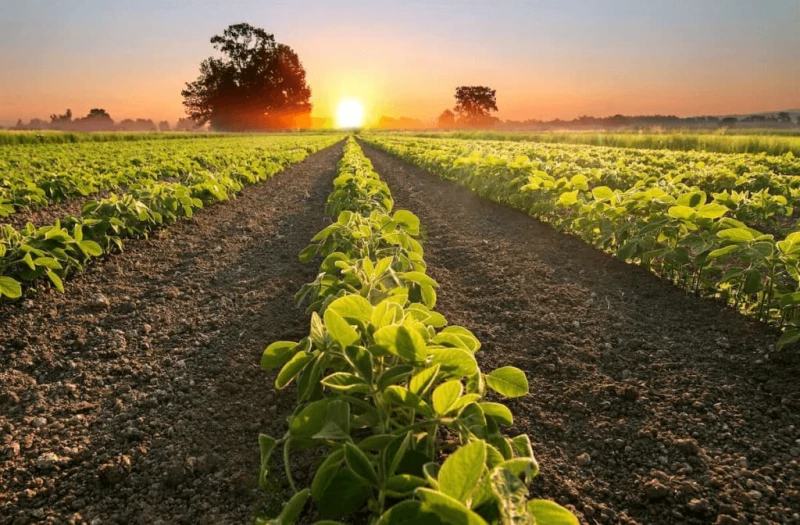Conventional plant breeders [have] already optimized factors like plant size and [are] working on disease resistance. Based smack in the center of North America’s corn and soybean belts, plant biologist Long knew that the dovetailing issues of climate change and population growth posed a threat for the new century. Down the hall from Long’s laboratory, fellow plant biologist and biochemist Donald Ort had begun to ask whether improving photosynthesis efficiency would improve crop yields.
“Plant photosynthesis didn’t evolve for efficiency; it evolved for reproductive success. It also evolved at a time that is very different from now, so it’s not very well suited to current conditions. As conditions continue to change, that provides further challenges,” says Robert Blankenship, professor emeritus of botany and chemistry at Washington University in St. Louis
…
[N]one of the successes identified to date have resulted in the kind of agronomic slam dunk needed to clear potential regulatory hurdles in bringing a new, genetically modified seed to market, not to mention stave off the potential for global hunger.
This is an excerpt. Read the original post here





















 Viewpoint — Fact checking MAHA mythmakers: How wellness influencers and RFK, Jr. undermine American science and health
Viewpoint — Fact checking MAHA mythmakers: How wellness influencers and RFK, Jr. undermine American science and health Viewpoint: Video — Big Solar is gobbling up productive agricultural land and hurting farmers yet providing little energy or sustainabilty gains
Viewpoint: Video — Big Solar is gobbling up productive agricultural land and hurting farmers yet providing little energy or sustainabilty gains Fighting deforestation with CO2: Biotechnology breakthrough creates sustainable palm oil alternative for cosmetics
Fighting deforestation with CO2: Biotechnology breakthrough creates sustainable palm oil alternative for cosmetics Trust issues: What happens when therapists use ChatGPT?
Trust issues: What happens when therapists use ChatGPT? 30-year-old tomato line shows genetic resistance to devastating virus
30-year-old tomato line shows genetic resistance to devastating virus California, Washington, Oregon forge immunization alliance to safeguard vaccine access against federal undermining
California, Washington, Oregon forge immunization alliance to safeguard vaccine access against federal undermining The free-range chicken dilemma: Better for birds, but with substantial costs
The free-range chicken dilemma: Better for birds, but with substantial costs ‘You have to treat the brain first’: Rethinking chronic pain with Sanjay Gupta
‘You have to treat the brain first’: Rethinking chronic pain with Sanjay Gupta
